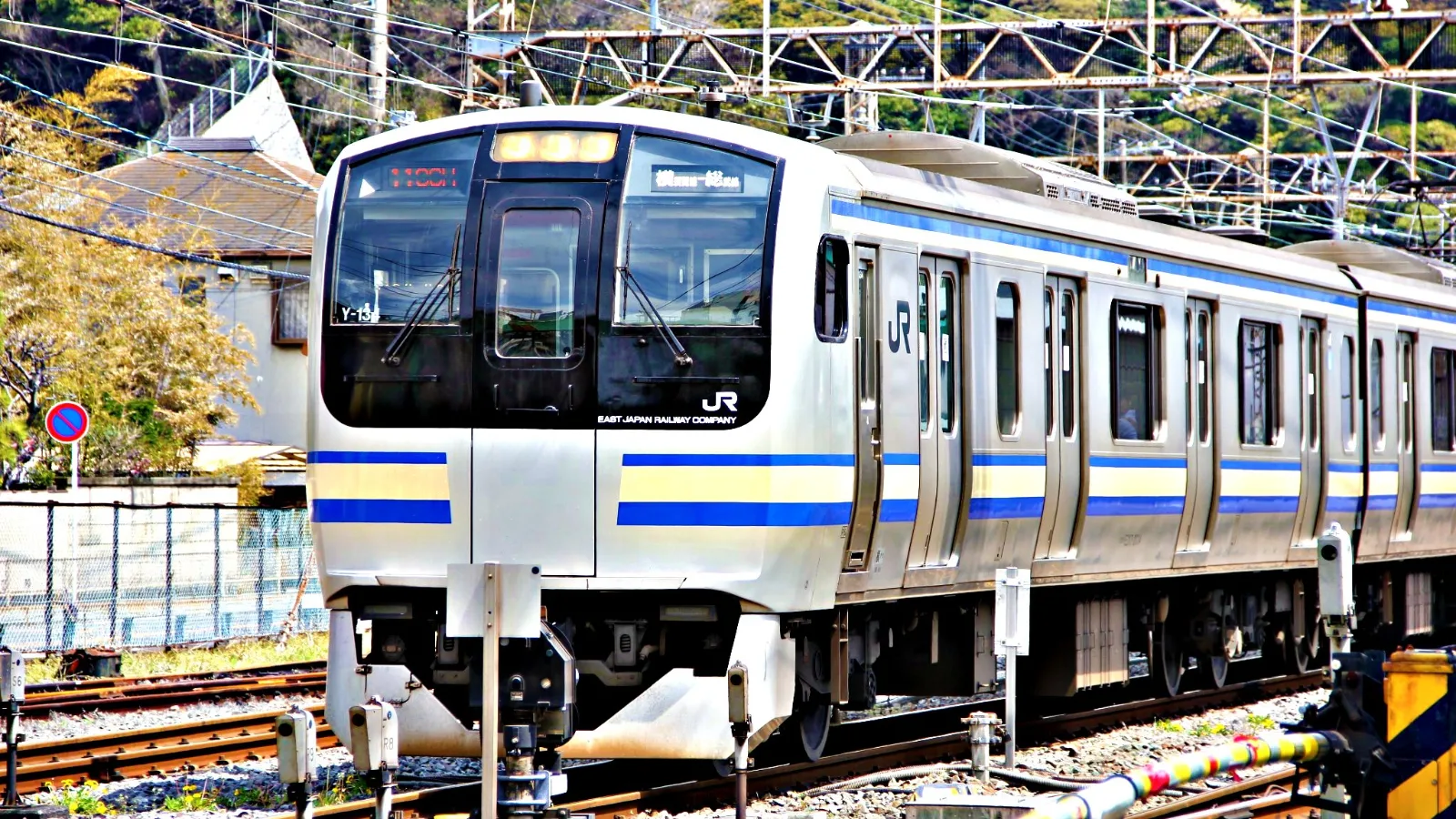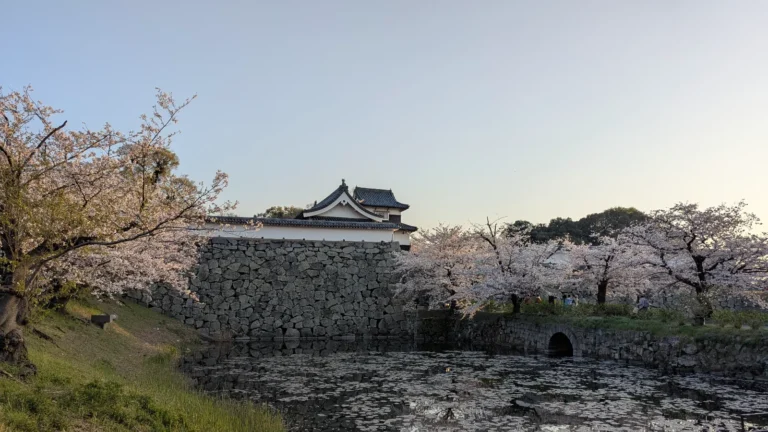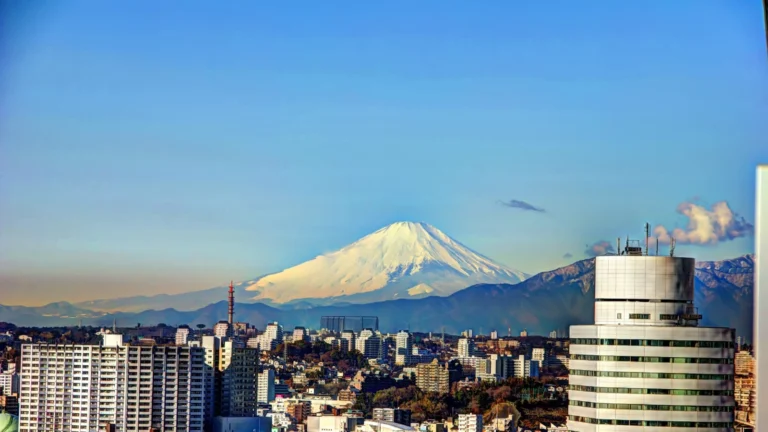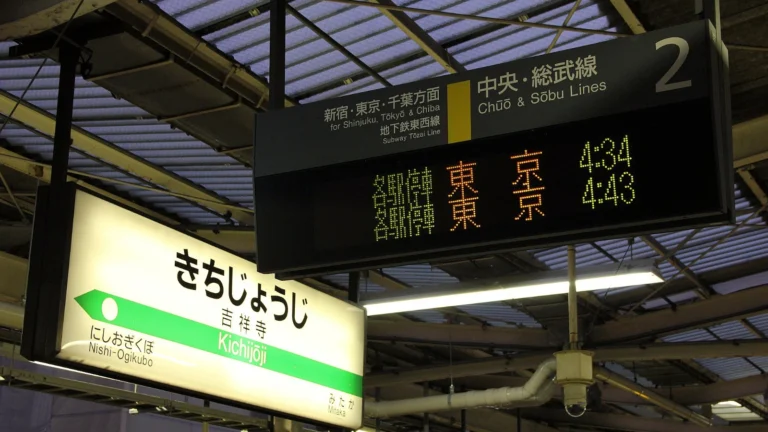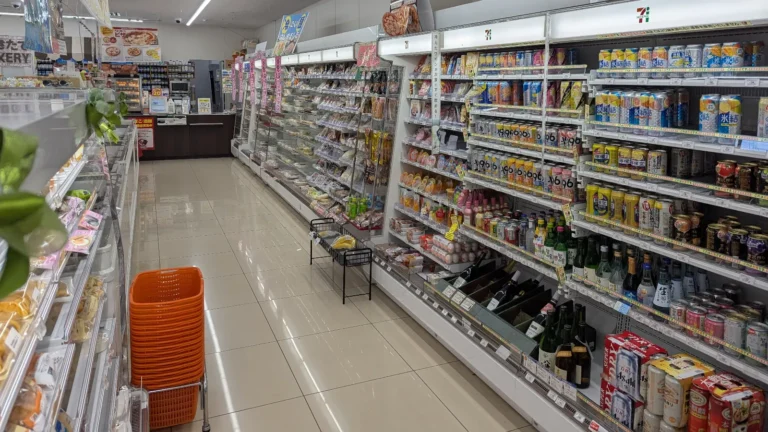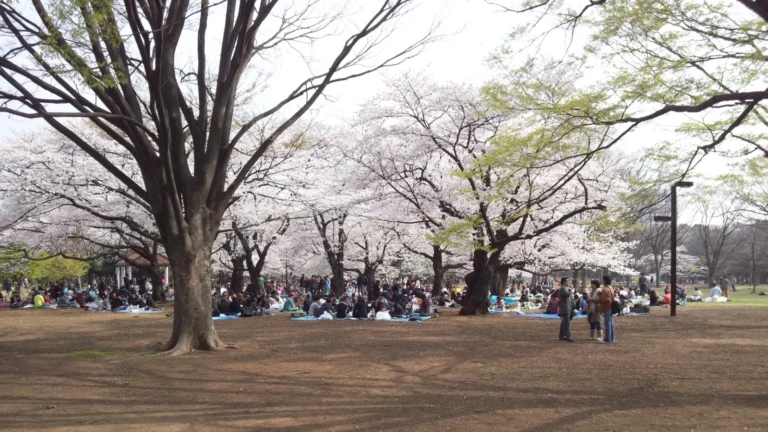How to Get Around Japan: A JOTM Guide
The first time you travel in Japan, you might notice the quiet click of a ticket gate, the distant chime echoing through a morning station, or the gentle rush of the shinkansen as it leaves Tokyo behind. Discovering how to get around Japan is part of the adventure, whether you’re experiencing the comfort of train travel, tapping into the convenience of what an IC card is famous for, or marveling at the speed and quiet of the iconic Shinkansen. In the end, the best way to travel in Japan is the one that allows you to follow your own pace, moving easily from neon-lit cities to the hidden edges of the map. This guide will help you navigate each choice with confidence and curiosity.
Select links in this guide are affiliate links. They help sustain this space… allowing us to share more, with less dependence on advertising.
*Prices are subject to change.
Getting Around Japan at a Glance
Japan’s transportation system is famed for its speed, reliability, and reach. But knowing the best way to travel Japan depends on your route, time, and sense of adventure.
Shinkansen (Bullet Train)
- Best for: Fast intercity travel
- Where it shines: Long distances, major cities
- Cost guide: ¥¥¥
Local Trains
- Best for: Regional exploration
- Where they shine: Towns, suburbs, countryside
- Cost guide: ¥–¥¥
Highway Buses
- Best for: Budget, scenic routes
- Where they shine: Cities, rural, overnight trips
- Cost guide: ¥
Domestic Flights
- Best for: Far-flung islands and regions
- Where they shine: Hokkaido, Okinawa, Kyushu
- Cost guide: ¥¥–¥¥¥
Rental Cars
- Best for: Off-grid destinations
- Where they shine: Mountains, onsen, remote areas
- Cost guide: ¥¥–¥¥¥
Ferries
- Best for: Island access
- Where they shine: Inland Sea, Okinawa, Hokkaido
- Cost guide: ¥–¥¥
Subways & IC Cards
- Best for: City travel
- Where they shine: Tokyo, Osaka, Kyoto, Fukuoka
- Cost guide: ¥
Discover practical ways to save with our Essential Tips for Traveling Japan on a Budget guide.
Trains in Japan: The Heartbeat of Travel
There’s a particular hush in the seconds before a shinkansen glides into the station. Doors open with a gentle whoosh, and suddenly the platform fills with travelers, commuters, families, wandering souls, all stepping into motion together.
Shinkansen (Bullet Train): The Fastest Way to Travel Japan
The shinkansen network stitches Japan together from Hokkaido to Kyushu. It’s not just about speed (though Tokyo to Kyoto in under 2.5 hours is a marvel), it’s comfort, reliability, and the thrill of seeing Mount Fuji drift past your window.
- When to use: For travel between major cities (Tokyo, Kyoto, Osaka, Hiroshima) or when time matters.
- How to book: Reserved and non-reserved seats available online here. Japan Rail Pass covers all but a few fastest trains; book online here.
- Experience: Clean, punctual, spacious, with bento lunches and quiet zones.
Unlock more ways to travel with our Japan Rail Pass guide.
Regional Trains: Exploring Japan Beyond the Cities
Step off the shinkansen and you’ll find a network of JR and private lines serving every corner of the country. Some wind through forests or along rugged coastlines, stopping in towns that rarely see foreign visitors.
- Passes: The national Japan Rail Pass is ideal for cross-country trips, but regional passes (e.g., JR East, Kansai, Kyushu) can save money for local exploration; book online here.
- How to ride: Most stations accept IC cards (Suica, Pasmo, etc.), or you can buy tickets from multilingual machines.
How to Use Train Stations in Japan
Stations range from dazzling hubs like Tokyo and Osaka to tiny shelters surrounded by rice fields.
- Buying tickets: Use IC cards, cash, or credit card machines. Station staff can help in English at major hubs.
- If you get lost: Follow clear signs in English, and station staff are known for helpfulness.
- Lockers: Coin lockers abound for easy luggage stowing.
JOTM Insider Tips:
- Window seats on the right from Tokyo to Kyoto offer views of Fuji on clear days.
- Pick up a seasonal ekiben (station bento) before boarding.
- Rush hour is real, avoid weekday mornings in big cities if you can.
Other Ways to Travel Japan
Some places in Japan only reveal themselves when you step off the tracks.
Buses in Japan: Scenic, Budget-Friendly Routes
- Highway buses connect major cities, airports, and tourist sites, often for less than half the price of a shinkansen. Overnight buses are popular for budget travelers, and can be booked here.
- Local buses serve rural villages and mountain towns, though schedules can be sparse and signage mostly in Japanese.
- JOTM Tip: Google Maps is reliable for schedules; always board at the rear and pay as you exit.
Domestic Flights in Japan: When to Fly Instead of Ride
- When to fly: If you’re heading to Hokkaido, Okinawa, or far-flung regions. ANA, JAL, and budget carriers (Peach, Jetstar) serve dozens of airports.
- Booking: Early fares are lowest. Most flights depart from Haneda (Tokyo), Itami/Kansai (Osaka), or Fukuoka.
- At the airport: Check-in is smooth, security lines are rarely long, and staff are unfailingly polite.
Rental Cars in Japan: Going Off the Map
- Where to drive: The wild coasts of Hokkaido, remote hot spring towns in Tohoku, or family farm stays in Kyushu.
- What you need: International Driving Permit (IDP) plus your home license; book online here.
- What to expect: Left-side driving, narrow roads, well-maintained highways, and paid expressways (tolls).
- JOTM Note: Navigation is easy with Google Maps or a bilingual GPS. Parking can be tight and expensive in cities, opt for trains in urban areas.
Find the season that suits your journey in the Best Time to Visit Japan guide.
Slower Travel in Japan
Sometimes, the journey is its own reward.
Ferries in Japan: Reaching the Islands by Water
Ferries connect the mainland to hundreds of islands, from the art-rich Setouchi to subtropical Okinawa.
- Experience: Board at sunrise with the locals, sip green tea on deck, and let the mainland drift away.
- Routes: Popular lines include Hiroshima–Miyajima, Kagoshima–Yakushima, and Kobe–Shodoshima.
- Booking: Same-day is usually fine for short hops, but book in advance for overnight or car ferries.
Cycling in Japan: Scenic Routes & Local Tips
- Where it shines: The Shimanami Kaido (a spectacular inland sea route), Noto Peninsula, and many rural towns.
- Rentals: Widely available near major cycling routes and train stations.
- Rules: Helmets recommended; ride on the left; some sidewalks double as bike lanes.
Walking in Japan: Trails, Streets, and Spiritual Paths
- Why walk: From historic Kyoto alleys to hidden Nakasendo post towns, Japan rewards travelers who slow down.
- Trails: Pilgrimage paths (Kumano Kodo, Shikoku 88 Temple), samurai roads, and nature walks are everywhere.
Start your plans with clarity and confidence in our Planning a Trip to Japan guide.
Getting Around Japan’s Cities
Cities are intricate, yet the systems are designed to be intuitive, once you know the basics.
Subways and City Trains: How to Navigate Tokyo, Osaka, Kyoto
Tokyo’s network seems daunting, but signs are bilingual and color-coded. Osaka and Kyoto’s systems are smaller, but just as clean.
- How to ride: Buy a ticket or tap an IC card at the gate; fare depends on distance.
- Major lines: Tokyo Metro, Toei, JR Yamanote (Tokyo); Osaka Metro; Kyoto Municipal Subway.
IC Cards in Japan: What They Are & Why You Need One
- How they work: Prepaid, reloadable, and accepted on trains, subways, most buses, and even at convenience stores.
- Where to get: Airport stations, ticket counters, or online here. Refundable deposit required.
- Why essential: Saves time and confusion, just tap and go across Japan’s biggest cities.
Taxis and Rideshare in Japan: When Convenience Wins
- When to use: Late at night, with heavy luggage, or when traveling in a group.
- How to hail: At a stand or by hand gesture (doors open automatically).
- Rates: Start around ¥400–¥700, with fares rising quickly in cities. Cash or IC cards usually accepted; tips are not expected.
Compare what each city offers in our Tokyo, Kyoto, or Osaka Comparison guide.
JOTM’s Practical Travel Tips for Navigating Japan
- Apps: Google Maps and Japan Transit Planner (Navitime) are your best friends for route finding.
- Lost property: Stations have lost and found; honesty is a cultural point of pride.
- Accessibility: Major stations, shinkansen, and many city buses are wheelchair and stroller-friendly. Rural routes can be more challenging.
- Luggage: Takkyubin (luggage forwarding) services send bags ahead for a fee, very handy for multi-city trips.
- Useful phrases:
- “Sumimasen, eki wa doko desu ka?” (Excuse me, where is the station?)
- “Kippu wo kaitai desu.” (I’d like to buy a ticket.)
FAQs about How to Get Around Japan: A Few Last Things Before You Go
Explore answers to the most common questions about how to get around Japan, from using trains and IC cards to late-night travel and luggage tips.
A: The best way for first-time visitors to get around Japan is by train, especially the shinkansen and local JR lines, which are fast, reliable, and easy to use for most destinations.
A: In rural Japan, trains connect many towns, but buses are often the only option for remote areas. Always check local schedules before your trip.
A: Train tickets in Japan can be purchased at station ticket machines, staffed counters, or by using a prepaid IC card. Most machines have English instructions.
A: Yes, most major train stations and airports in Japan accept credit cards for ticket purchases, but smaller rural stations and local buses may require cash or an IC card.
A: Japan’s major train and subway networks are accessible, with elevators, ramps, and barrier-free gates. Some rural stations may have limited facilities.
A: Taxis in Japan usually start at ¥400–¥700 and increase by distance. They are more expensive than trains or buses but can be useful for short or late-night trips.
A: Major airports in Japan are connected by airport trains (like Narita Express or Haruka), limousine buses, and taxis. Choose the best option based on your hotel location and budget.
A: Japan’s rail network reaches nearly every region. Use a prepaid IC card or buy tickets at stations, and consider a Japan Rail Pass for unlimited travel on JR lines.
A: Most trains offer overhead racks and some storage space, but for convenience, use Japan’s luggage delivery service (takkyubin) to send bags between hotels or airports.
A: After midnight, most trains and subways stop running in Japan. For late-night travel, use taxis or available night buses in larger cities, or wait until morning trains resume.
A: Japan’s extensive public transportation, including trains, buses, and domestic flights, makes it easy to get around without a car. Urban subways and buses cover most city travel.
A: Japan’s trains, subways, buses, and taxis provide easy access with minimal walking. Many attractions have elevators or ramps, and taxis offer door-to-door service.
A: For a comprehensive Japan train travel guide covering tips on trains, tickets, passes, and how to navigate the rail system, explore the detailed guide right here on JOTM.
A: A Japan train travel pass, like the Japan Rail Pass or regional passes, allows unlimited train rides within a set area or time frame, offering savings for multiple journeys.
A: Prepaid IC cards like Suica or Pasmo are Japan’s main train travel cards. You can buy them at major stations and airports for quick, easy access to trains, subways, and buses.
A: The most popular train travel cards in Japan are Suica, Pasmo, and Icoca. All offer convenient tap-and-go access on most trains and transit in major cities.
A: The best way to travel Japan by train is to use the shinkansen for long distances and local trains for short trips. Rail passes add flexibility, and IC cards make city travel simple.

